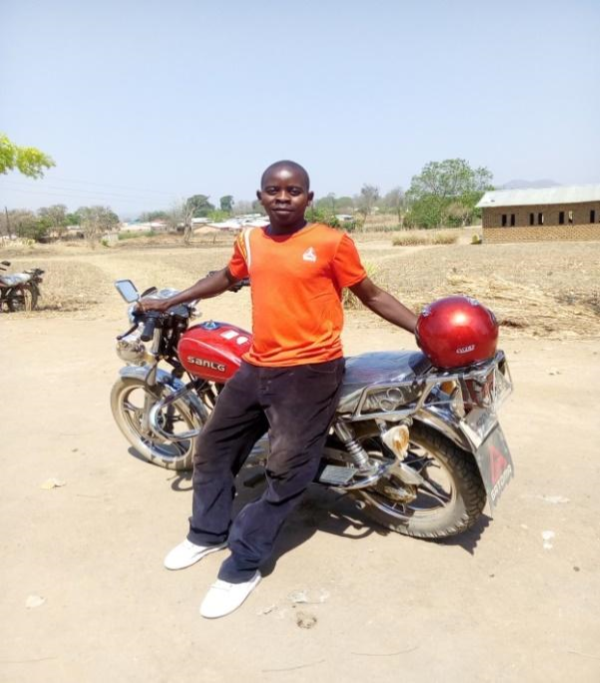ZAMBIA – Greetings friends, In my last update “THIS is What Change Looks Like!”, I shared stories and testimony from people whose lives have been changed by our programming and activities. I discussed how we often get figures from our programming evaluations that tell us the what of change, but not the how. We can use stories to understand the data more deeply.
As part of our commitment to working with the very poor and most vulnerable, we try to work where no one else does, to reach communities that are “too hard” or “too complex.” While this does indeed make our work more challenging, it also means we have the opportunity to make a big impact and more easily attribute change we observe to our interventions. We can be more creative and innovative and then measure change in a way that considers these factors. We have over the last year tried to collect data that provides the story, not just the numbers.
Our program with the Reformed Church in Zambia in Eastern Province seeks to build household resilience through increased food security, strengthened livelihoods, and improved health outcomes. We have sought to measure the impact of these programs by examining the change in both productive and non-productive household assets. The table below highlights some of the physical change our programming has delivered to households across our programming in under two years.
It is exciting for us to see two things from these figures. Firstly, household income is clearly growing as people have more money to invest in productive assets, things that will allow them to earn more money and improve their livelihoods — bikes, plows, sprayers, carts. Secondly, we can see that income is also being spent on household — or non-productive — assets that simply improve quality of life: mattresses, phones, iron roofs, solar panels. We hope that investments in productive assets will have growing impact in the coming year and that we will continue to see growth in the non-productive assets as household incomes grow. Now here is a story that illustrates the transformation made possible by the data provided above.
Investing in Lewis Allows Him to Invest in His Family
Lewis Phiri is a father of three, raising a son and two daughters with his wife in the community of Ten-Ten in eastern Zambia. In 2016, he was elected by his community to work with us as a Community Health Worker and underwent six weeks of training by our local partner here, the Reformed Church of Zambia, in conjunction with his district’s Ministry of Health.
Lewis has also participated in conservation farming and seed multiplication trainings and, during the 2017-2018 farming season, decided to implement what he had learned by diversifying his normal maize and sunflower crops with groundnuts and soybeans provided by our private sector partner, Good Nature, in the form of seed loans.
Despite poor rainfall, Lewis managed to harvest the following:
- 4900 kg on one acre of maize after planting 10 kg
- 900 kg on a half-acre of groundnuts after planting 10 kg
- 800 kg on a half-acre of sunflowers after planting 7 kg
After paying back the seed loans to Good Nature, Lewis had a ready market for his crops when Good Nature bought all of his legume crops at a fair market price. With his profits, Lewis invested in a new motorbike to ease his family’s transportation challenges as well as a new plow to increase his acreage for bigger yields in the subsequent farming season.
Lewis is happy with the collaboration between the Reformed Church of Zambia’s Diaconal Department and Good Nature because it has created an easy and fair market for selling his crops. He can now properly plant crops in rotation, assured of a market for his harvests. Lewis hopes the partnership will continue so that other farmers can benefit and improve their lives like he has.
Blessings,
Ruairidh Waddell
Country Consultant
World Renew Zambia

